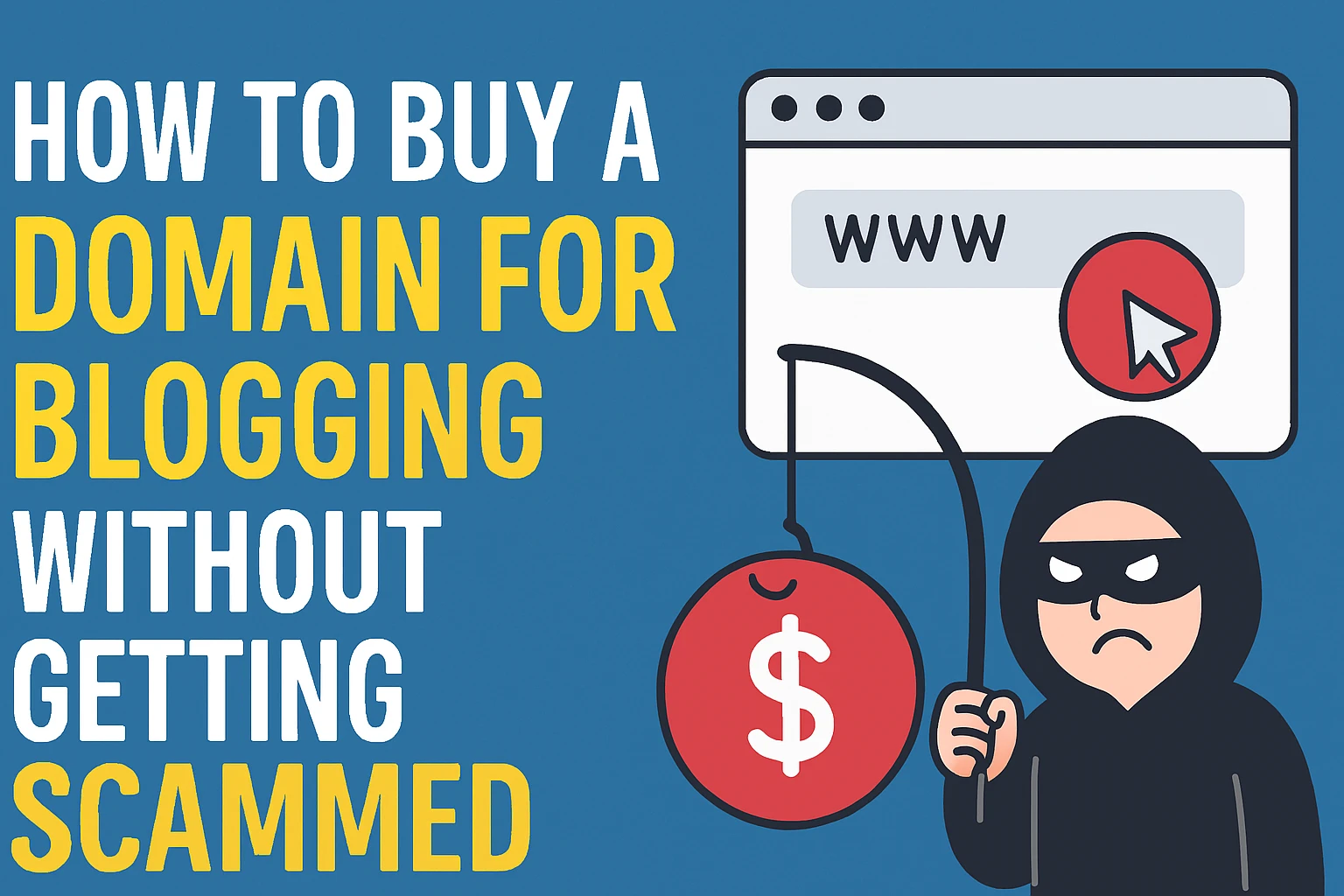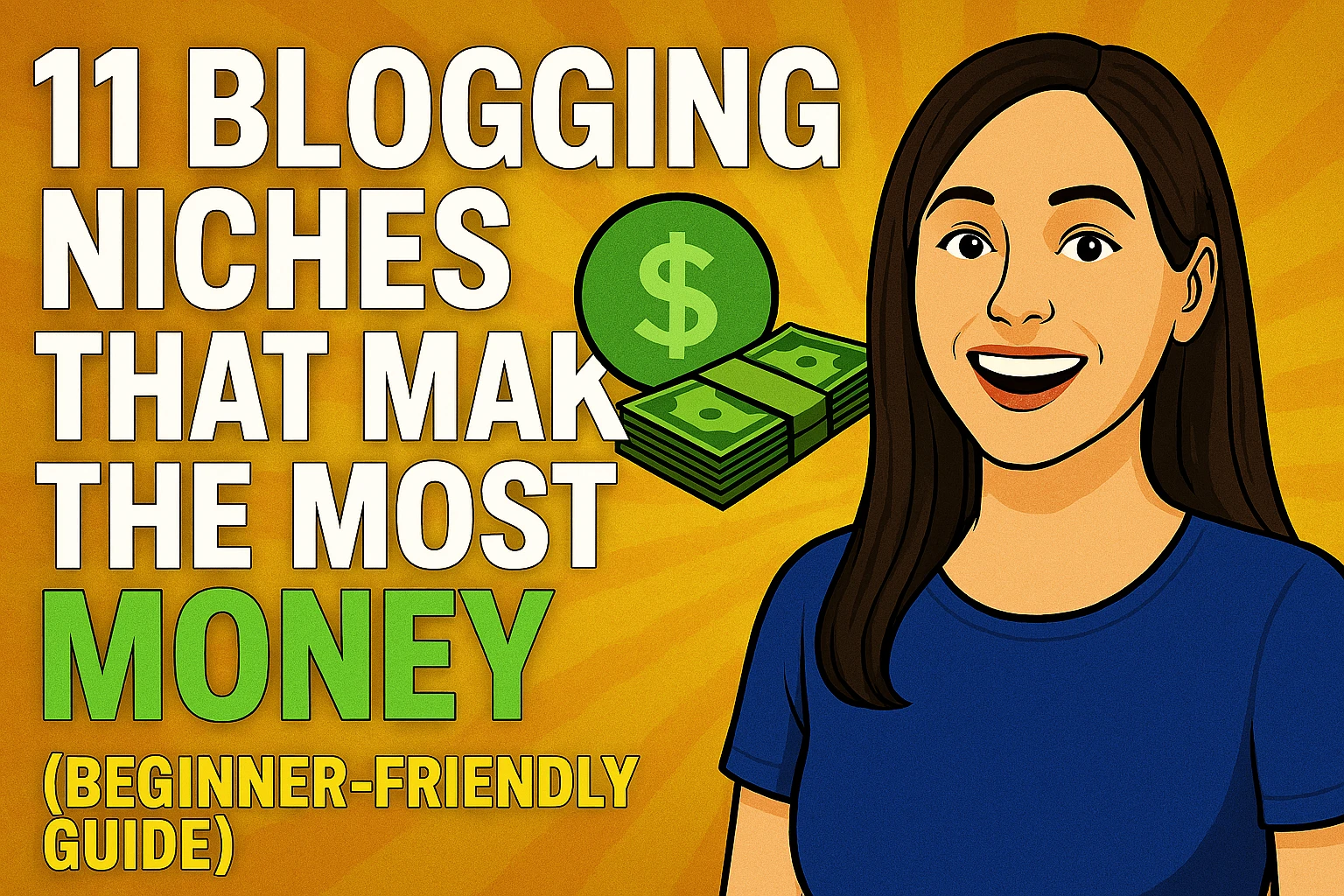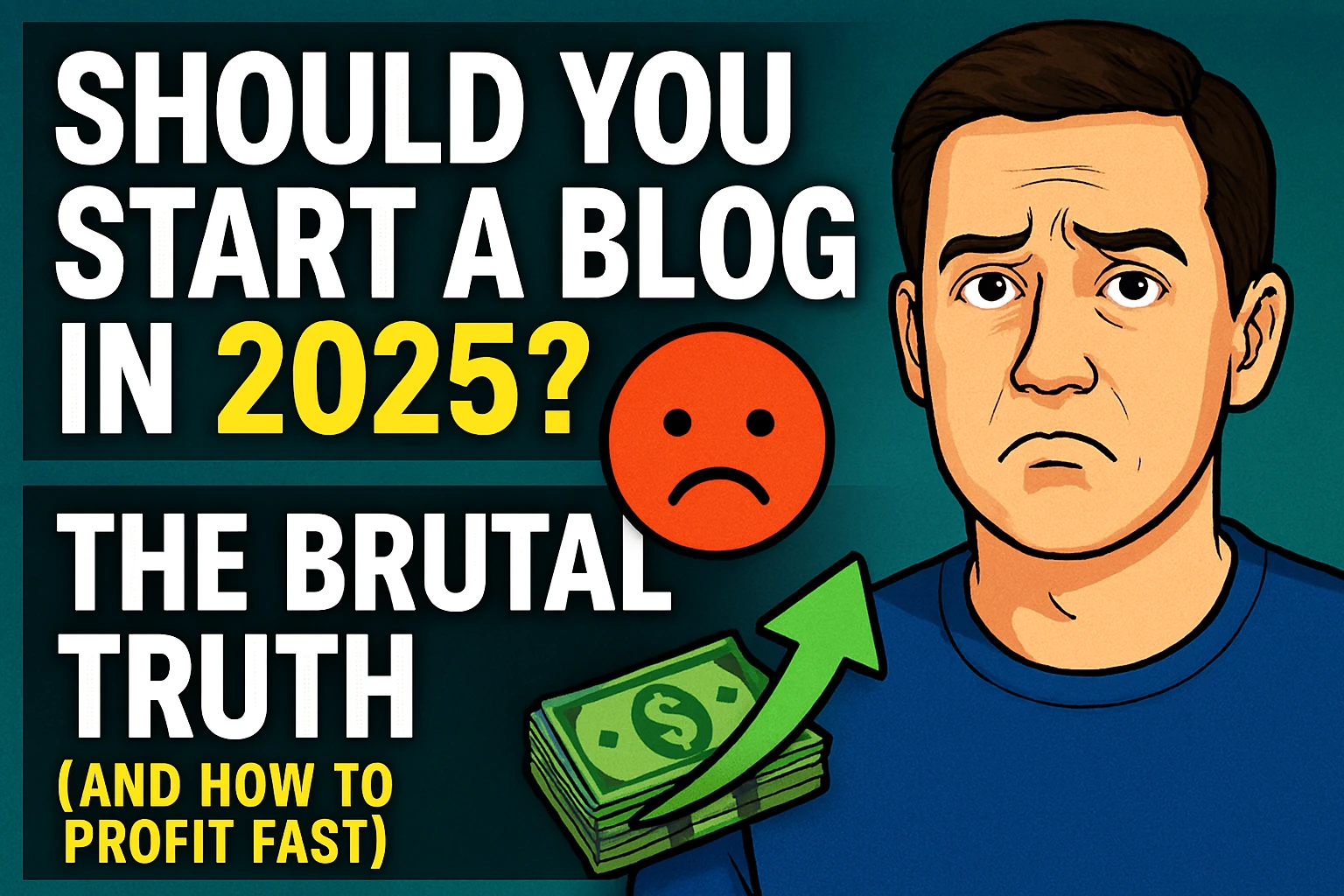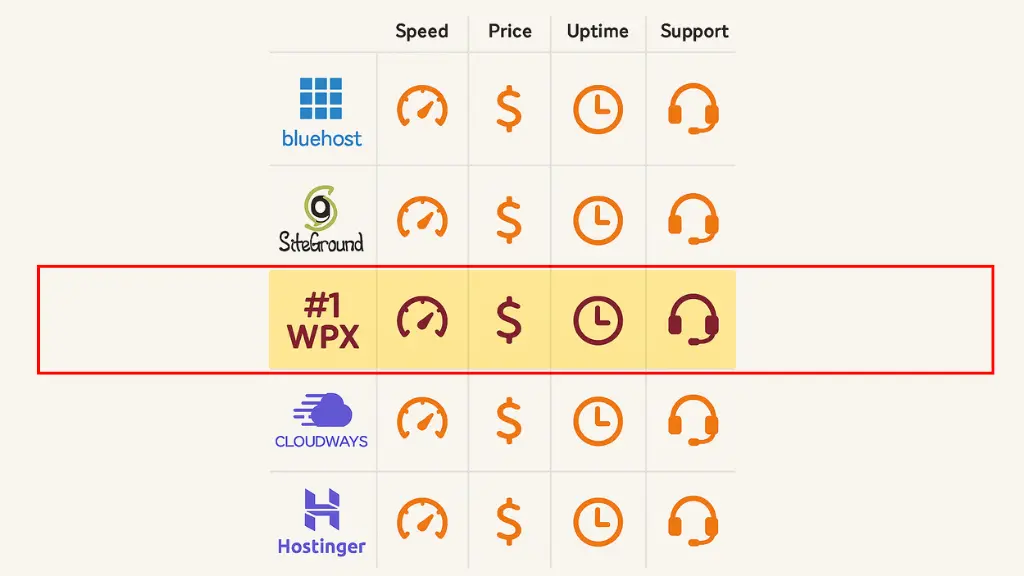
Buying a domain is a crucial step in establishing a blogging presence online. A unique and memorable domain name not only enhances your blog’s credibility but also makes it easier for readers to find and remember your site.
However, the process of registering a domain can be fraught with potential scams and pitfalls. Unscrupulous registrars may charge exorbitant fees or engage in deceptive practices that can leave bloggers out of pocket and frustrated.
To navigate this process safely, it’s essential to understand the steps involved in buying a domain and the common scams to watch out for.
Key Takeaways
- Understand the importance of registering a unique domain name for your blog.
- Be aware of the potential scams involved in domain registration.
- Learn how to choose a reputable domain registrar.
- Know the steps to register a domain safely.
- Understand the costs involved in domain registration.
Understanding Domain Names and Their Importance
The journey to creating a successful blog begins with securing the right domain name, a critical component of your online identity. A well-chosen domain name can significantly impact your blog’s visibility and credibility.
What Is a Domain Name?
A domain name is a unique address that users type into their browsers to access your website. It is essentially the online equivalent of a physical address, helping users locate your blog on the internet. Domain names are composed of two main parts: the name and the extension (such as .com, .net, or .org).
Why Domain Selection Matters for Bloggers
For bloggers, selecting the right domain name is crucial as it reflects their brand and can influence their blog’s success. A memorable and relevant domain name can enhance your blog’s visibility, making it easier for readers to find and remember your site. It also plays a significant role in establishing your brand identity.
The Relationship Between Domains and Blogging Success
The domain name you choose can have a significant impact on your blogging success. A good domain name can improve your search engine rankings, as it is one of the factors considered by search engines when ranking websites. Moreover, a domain name that aligns with your blog’s niche can help attract your target audience.
| Domain Feature | Importance for Bloggers | Impact on Blogging Success |
| Memorability | High | Easy to remember, harder to forget |
| Relevance | High | Aligns with blog niche, attracts target audience |
| Extension (.com, .net, etc.) | Medium | Influences credibility and visibility |
Common Domain Scams and Red Flags to Watch For
As you navigate the process of buying a domain for your blog, it’s crucial to be aware of the common scams that could cost you money and compromise your online presence. The domain registration process, while straightforward, can be fraught with pitfalls for the unwary.
Domain Sniping and Frontrunning
Domain sniping and frontrunning are tactics used by scammers to intercept and register domain names that are about to be registered by someone else. Domain snipers use automated software to quickly register a domain the moment it becomes available. Frontrunners, on the other hand, are typically domain registrars that exploit their access to domain registration data to register domains for themselves.
Hidden Fees and Automatic Renewals
Some domain registrars lure customers with low initial registration fees, only to surprise them with higher renewal rates or additional fees for services they didn’t request. It’s essential to read the fine print and understand the total cost of domain registration, including any potential renewal fees.
Domain Hijacking Tactics
Domain hijacking occurs when a scammer gains unauthorized access to your domain account and transfers the domain to their own registrar. To prevent this, use strong passwords, enable two-factor authentication, and monitor your account closely.
Fake Domain Registrars
Fake domain registrars mimic legitimate registration services, often with websites that look professional. Always verify the registrar’s authenticity by checking for accreditation from ICANN or relevant national authorities before making a purchase.
By being aware of these common domain scams and taking steps to protect yourself, you can ensure a smooth and secure domain registration process. Always research your domain registrar thoroughly and understand the terms of service before committing to a registration.
Researching Your Perfect Domain Name
The journey to securing the ideal domain name begins with thorough research. This process involves several key steps that help you find a domain that not only represents your brand well but is also available for registration.
Brainstorming Effective Domain Ideas
Brainstorming is the first step in finding the perfect domain name. Start by listing keywords related to your blog’s niche or topic. Consider your brand name, the tone you want to convey, and the memorability of the name. A good domain name should be easy to spell, easy to remember, and easy to pronounce. You can also involve friends or family in this process to get more ideas.
Using Domain Name Generators
If you’re struggling to come up with ideas, domain name generators can be a valuable tool. These online tools can suggest available domain names based on the keywords you provide. Some popular domain name generators include NameMesh, LeanDomainSearch, and DomainWheel. These tools can save you time and help you discover unique domain name ideas that you might not have thought of otherwise.
Checking Domain Availability
Once you have a list of potential domain names, the next step is to check their availability. You can use online tools like GoDaddy or Namecheap to search for domain availability. These platforms allow you to check multiple domain extensions at once, making it easier to find the perfect match. It’s also a good idea to check for social media handle availability to maintain brand consistency across platforms.
Evaluating Domain History and Previous Ownership
If you’re considering purchasing an existing domain or a domain that’s been previously owned, it’s crucial to evaluate its history. Tools like DomainTools or Whois can provide information on the domain’s previous ownership, its history of content, and any potential penalties from search engines. Understanding a domain’s history can help you avoid potential pitfalls, such as buying a domain with a spammy past.
| Domain Name | Availability | Previous Ownership |
| example.com | Available | No history |
| blogname.net | Not Available | Previously used for blogging |
| domain.org | Available | Used by a non-profit |
Choosing the Right Domain Extension
Understanding the various domain extensions and their implications is key to making an informed decision for your blog. The domain extension, also known as a top-level domain (TLD), is the suffix that follows the name of your domain.
Understanding TLDs (.com, .net, .org, etc.)
Top-level domains are categorized into several types, including generic TLDs (gTLDs) like .com, .net, and .org, and country-code TLDs (ccTLDs) such as .us or .uk. Generic TLDs are widely recognized and used globally, while ccTLDs are specific to particular countries.
Country-Specific Domain Extensions
Country-specific domain extensions can be beneficial for targeting a local audience. For instance, a blog targeting readers in the United States might use .us, while one targeting the United Kingdom might opt for .uk. Using a ccTLD can improve local search engine rankings.
Niche and Industry-Specific Extensions
Niche or industry-specific domain extensions, such as .tech or .blog, offer a way to immediately convey the focus of your blog. These can be particularly useful for establishing credibility within a specific niche.
Impact of Domain Extensions on SEO and Credibility
The choice of domain extension can have implications for both SEO and credibility. While .com domains are often considered most credible, other TLDs can also be effective if chosen appropriately. A well-chosen domain extension can enhance your blog’s visibility and trustworthiness.
When choosing a domain extension, consider your target audience, the niche or industry you’re in, and your branding strategy. A suitable domain extension can significantly contribute to your blog’s success.
- Consider the global or local reach of your blog.
- Choose a domain extension that aligns with your niche or industry.
- Be aware of the implications for SEO and credibility.
Evaluating Legitimate Domain Registrars
Selecting the right domain registrar can make or break your blogging journey. A legitimate domain registrar is crucial for securing your online presence and ensuring that your domain is managed efficiently.
Top Reputable Domain Registration Companies
Several domain registration companies stand out for their reliability and service quality. Here are some of the top choices:
GoDaddy, Namecheap, and Google Domains
These registrars are known for their competitive pricing and user-friendly interfaces. GoDaddy offers a wide range of domain extensions, while Namecheap is praised for its affordable rates and excellent customer support. Google Domains provides a simple and straightforward domain registration process.
Bluehost, HostGator, and DreamHost
These companies are not only domain registrars but also web hosting providers, making them a one-stop solution for bloggers. Bluehost and HostGator offer competitive pricing and a variety of hosting plans, while DreamHost is known for its reliable service and flexible hosting options.
Network Solutions and Name.com
Network Solutions is one of the oldest and most established domain registrars, offering a range of domain-related services. Name.com provides a user-friendly platform for domain registration and management, along with various DNS services.
Comparing Pricing Structures
When choosing a domain registrar, pricing is a critical factor. Different registrars offer varying pricing structures, including discounts for first-year registrations, renewal rates, and additional fees for services like domain privacy protection.
- Initial registration costs
- Renewal rates
- Additional fees for services like WHOIS protection
It’s essential to compare these costs across different registrars to find the best deal.
Customer Support Considerations
Good customer support is vital when dealing with domain registration issues. Look for registrars that offer 24/7 support through multiple channels, such as phone, email, and live chat.
Some key aspects to consider:
- Availability of support
- Responsiveness to queries
- Quality of support resources (e.g., FAQs, tutorials)
Security Features and WHOIS Protection
Security is a crucial aspect of domain registration. Opt for registrars that offer robust security features, including WHOIS protection, to safeguard your personal information.
Key security features to look for:
- Domain locking
- Two-factor authentication
- Regular security updates
The Domain Registration Process Step-by-Step
Understanding the domain registration process is key to securing your online identity. This process involves several straightforward steps that help you establish your online presence.
Creating an Account with a Registrar
The first step in registering a domain is to create an account with a reputable domain registrar. This involves providing basic information such as your name, email address, and password. Choose a registrar that offers robust customer support and competitive pricing. Popular registrars like GoDaddy, Namecheap, and Google Domains are known for their reliability and user-friendly interfaces.
Searching for Your Domain
Once your account is set up, you can search for your desired domain name. Use the registrar’s search tool to check if your domain is available. If it’s not, consider alternative names or different domain extensions. It’s crucial to choose a domain name that is memorable and relevant to your content.

Understanding Registration Options
After finding an available domain, you’ll need to understand the registration options. This includes selecting the registration period, privacy protection settings, and any additional services offered by the registrar.
Registration Period Options
You can typically register a domain for 1-10 years. Consider registering for multiple years to ensure your domain doesn’t expire unintentionally.
Privacy Protection Settings
Privacy protection hides your personal information from the public WHOIS database, protecting you from spam and unwanted solicitations. Enable this feature to maintain your privacy.
Add-on Services Worth Considering
Some registrars offer additional services like domain locking, which prevents unauthorized transfers, and domain forwarding, which redirects your domain to another URL. Evaluate these services based on your needs.
Completing the Purchase Securely
To complete the purchase, you’ll need to provide payment information. Ensure that the registrar’s website is secure (https) and look for trust badges or SSL certificates. Review your order carefully before finalizing the purchase. Once completed, you’ll receive a confirmation email with details about your domain registration.
Domain Pricing: What’s Fair and What’s a Ripoff
The cost of registering a domain can vary greatly depending on several factors, including the domain extension, registrar, and registration period.
Understanding these factors is crucial for bloggers to make informed decisions and avoid unnecessary expenses.
Standard Pricing for Different Domain Extensions
Domain extensions such as .com, .net, and .org have standard pricing that can range from $10 to $35 per year, depending on the registrar.
Some registrars offer discounts for the first year, but the renewal rates may be higher.
When Premium Pricing Is Justified
Premium domains, often short and memorable, can command higher prices due to their perceived value.
These domains may be priced in the hundreds or even thousands of dollars, but they can be worth the investment for businesses seeking a strong online presence.
Avoiding Unnecessary Add-ons
Some registrars offer additional services such as domain privacy protection, email hosting, and website builders.
While these services can be useful, they may not be essential for all bloggers, and their costs can add up.
It’s essential to carefully review the registration details and decline any unnecessary add-ons.
Multi-year Registration Considerations
Registering a domain for multiple years can provide stability and potentially lock in lower rates.
However, it’s crucial to consider the registrar’s renewal policies and potential rate changes before committing to a multi-year registration.
In conclusion, understanding domain pricing is vital for bloggers to make informed decisions and avoid potential scams.
By knowing what’s fair and what’s not, bloggers can secure a domain that meets their needs without breaking the bank.
Protecting Your Domain Investment
Securing your domain is crucial for maintaining your online presence. Your domain name is more than just a web address; it’s a vital part of your brand and online identity. Protecting it involves several key steps that ensure your domain remains secure and continues to support your blogging efforts.
Domain Privacy Protection Services
Domain privacy protection is a critical service that shields your personal contact information from being publicly listed in the WHOIS database. This helps prevent spam, unwanted solicitations, and potential identity theft. Domain privacy protection is offered by most domain registrars and is highly recommended for bloggers who want to keep their personal information private.
- Prevents spam and unwanted solicitations
- Reduces risk of identity theft
- Maintains privacy of personal contact information
Setting Up Auto-renewal Safely
Auto-renewal is a convenient feature that ensures your domain registration doesn’t lapse. However, it’s essential to set it up carefully to avoid unintended renewals or charges. Make sure to review your registrar’s auto-renewal policies and understand how to manage or cancel it if needed. Regularly reviewing your domain registration details can help you stay on top of renewals and avoid any potential issues.
- Review auto-renewal policies with your registrar
- Understand the renewal and cancellation process
- Keep your payment information up to date
Domain Locking Features
Domain locking is a security feature that prevents unauthorized transfers of your domain to another registrar. This adds an extra layer of protection against domain hijacking. Enabling domain locking is a straightforward process that can be done through your domain registrar’s control panel. It’s a simple yet effective way to safeguard your domain.
Keeping Contact Information Updated
It’s crucial to keep your contact information up to date with your domain registrar. This ensures you receive important notifications about your domain, such as renewal reminders and security alerts. Regularly updating your contact information helps maintain the security and continuity of your domain registration.
- Update your contact information promptly when it changes
- Verify that your registrar has the correct email address and phone number
- Ensure you receive renewal reminders and security notifications
By following these steps, you can effectively protect your domain investment and maintain a secure online presence. Regularly reviewing your domain settings and staying informed about domain security best practices will help ensure your blogging success.
Connecting Your Domain to Your Blog Platform
After securing your domain, the next crucial step is connecting it to your blog platform. This process involves several technical configurations that ensure your domain points to your blogging site.
Understanding DNS Settings
DNS (Domain Name System) settings are crucial for directing your domain to your blog. DNS translates your domain name into an IP address that computers can understand. Proper DNS configuration is essential for your blog’s accessibility. You’ll typically need to configure DNS records such as A records, CNAME records, and MX records according to your blog platform’s requirements.
Nameserver Configuration
Nameservers are another critical component in connecting your domain to your blog. They are servers that store DNS records for your domain. To configure nameservers, you’ll need to update the nameserver records at your domain registrar’s control panel to point to your blog platform’s nameservers. This step is vital for ensuring that your domain resolves to your blog.
Setting Up Subdomains
Subdomains can be useful for organizing different sections of your blog or creating separate areas for specific content. To set up a subdomain, you’ll need to create a new DNS record (usually a CNAME or A record) that points to your blog platform. Subdomains can enhance your site’s structure and functionality.
Troubleshooting Common Connection Issues
Despite careful configuration, you may encounter issues when connecting your domain to your blog. Common problems include DNS propagation delays, incorrect nameserver settings, and SSL certificate issues.
DNS Propagation Problems
DNS propagation can take up to 48 hours, during which your domain may not resolve correctly. Patience is key during this period.
Incorrect Nameserver Settings
Double-check that your nameserver records are correctly configured at your domain registrar. Incorrect settings can prevent your domain from resolving.
SSL Certificate Issues
SSL certificates are crucial for securing your site. If you’re experiencing SSL certificate issues, ensure that your certificate is properly installed on your blog platform and that your DNS settings are correctly configured.
Buying Existing or Expired Domains Safely
The process of buying an existing or expired domain involves several key steps that bloggers must understand to ensure a successful transaction.
Evaluating Domain History and Metrics
Before purchasing an existing or expired domain, it’s crucial to evaluate its history and metrics. This includes checking the domain’s previous usage, backlinks, and any potential penalties from search engines.
Key metrics to evaluate include:
- Domain Authority (DA)
- Page Authority (PA)
- Trust Flow (TF)
- Citation Flow (CF)
- Backlink profile
| Metric | Description | Importance |
| Domain Authority | Measures the credibility of a domain | High |
| Page Authority | Measures the credibility of a specific page | High |
| Trust Flow | Evaluates the quality of backlinks | Medium |
| Citation Flow | Measures the quantity of backlinks | Medium |
Using Domain Marketplaces
Domain marketplaces like Sedo, Uniregistry, and NameJet provide platforms for buying and selling domains. When using these marketplaces, it’s essential to research the seller and understand the fees involved.
Negotiating Domain Purchases
Negotiating the purchase of a domain requires a strategic approach. Understanding the market value of the domain and being prepared to walk away can help in securing a fair price.
Tips for negotiation:
- Research the domain’s market value
- Start with a lower offer
- Be prepared to compromise
- Use escrow services for secure transactions
Safe Transfer Procedures
Once the purchase is agreed upon, ensuring a safe transfer of the domain is critical. This involves using domain transfer protocols and verifying the transfer with the registrar.
Steps for safe transfer:
- Unlock the domain at the current registrar
- Obtain the EPP code
- Initiate the transfer at the new registrar
- Confirm the transfer with both registrars
Managing Multiple Domains Effectively
As your online portfolio grows, so does the complexity of managing multiple domains, making a solid management strategy essential. Effective domain management is crucial for maintaining a robust online presence, ensuring that all your digital assets are secure and easily accessible.
Domain Portfolio Organization
Organizing your domain portfolio is the first step towards effective management. This involves categorizing your domains based on their purpose, such as separating personal blogs from business websites. Using a spreadsheet to track domain details like registration dates, renewal costs, and associated services can simplify this process.
Consolidating Domains with One Registrar
Consolidating your domains with a single registrar can streamline management. Many registrars offer discounts for managing multiple domains under one account. This consolidation can also simplify the renewal process and reduce administrative overhead.
Tracking Expiration Dates
One of the critical aspects of domain management is tracking expiration dates. Setting up reminders or enabling auto-renewal can prevent accidental domain lapses. Losing a domain can lead to loss of traffic, brand identity, and even business.
When to Let Domains Expire
Not all domains are worth maintaining indefinitely. Assessing the value and purpose of each domain periodically can help determine whether it’s worth renewing. Letting go of unused or unprofitable domains can reduce costs and minimize clutter in your digital portfolio.
By implementing these strategies, you can manage your multiple domains more effectively, ensuring that your online presence remains strong and secure.
Legal Considerations for Domain Ownership
Bloggers must be aware of the legal considerations tied to domain ownership to protect their online identity. Domain ownership involves a complex set of legal issues that can impact a blogger’s reputation and business.
Trademark Issues and Domain Names
One of the critical legal considerations is trademark issues. Bloggers must ensure their domain name doesn’t infringe on existing trademarks. Conducting a thorough search is essential to avoid legal conflicts.

Domain Dispute Resolution Policies
In cases of domain disputes, understanding the resolution policies is vital. The Uniform Domain-Name Dispute-Resolution Policy (UDRP) is a widely adopted policy that provides a framework for resolving such disputes.
| Dispute Resolution Policy | Description | Key Features |
| UDRP | Uniform Domain-Name Dispute-Resolution Policy | Provides a process for resolving domain name disputes |
| URS | Uniform Rapid Suspension | A faster alternative for clear-cut cases of trademark infringement |
Ownership Rights and Transfers
Understanding ownership rights and the process of transferring domain ownership is crucial. Bloggers should be aware of the procedures for transferring domains and the legal implications involved.
International Domain Regulations
International domain regulations vary significantly across different countries. Bloggers with a global audience must comply with these regulations to maintain their online presence.
In conclusion, legal considerations for domain ownership are multifaceted and require careful attention. By understanding trademark issues, dispute resolution policies, ownership rights, and international regulations, bloggers can safeguard their online identity and business.
Conclusion
Buying a domain for blogging is a crucial step in establishing your online identity. As discussed throughout this article, it’s essential to be aware of the potential scams and pitfalls associated with domain registration. By understanding the importance of domain names, recognizing common domain scams, and choosing a reputable registrar, you can protect your investment and ensure a smooth blogging experience.
When registering a domain, consider factors such as domain extensions, pricing, and security features. It’s also vital to keep your contact information up-to-date and take advantage of domain privacy protection services. By being informed and cautious, you can avoid unnecessary risks and focus on creating high-quality content for your audience.
Ultimately, buying a domain is just the first step in building your online presence. By following the guidelines outlined in this article, you can establish a strong foundation for your blog and set yourself up for success in the world of online publishing. Whether you’re a seasoned blogger or just starting out, a well-chosen domain is essential for attracting and engaging your target audience.
FAQ
What is the best domain extension for my blog?
The best domain extension for your blog depends on your niche, target audience, and personal preference. Popular options include .com, .net, and .org, while niche-specific extensions like .tech or .fashion can also be effective.
How do I check if a domain is available?
You can check domain availability using online tools like GoDaddy’s Domain Search or Namecheap’s Domain Checker. Simply enter your desired domain name, and the tool will tell you if it’s available or suggest alternative options.
What is domain privacy protection, and do I need it?
Domain privacy protection is a service that conceals your personal contact information from the public WHOIS database. It’s recommended to protect your identity and prevent spam or unwanted solicitations.
Can I transfer my domain to a different registrar?
Yes, you can transfer your domain to a different registrar if you’re not satisfied with your current one. The process typically involves unlocking your domain, obtaining an EPP code, and initiating the transfer with the new registrar.
How do I set up auto-renewal for my domain?
To set up auto-renewal, log in to your domain registrar’s control panel, navigate to your domain settings, and enable auto-renewal.This ensures your domain remains registered without interruption.
What is DNS propagation, and why does it take so long?
DNS propagation is the process of updating DNS records across the globe. It can take up to 72 hours for changes to propagate, as DNS servers need to be updated and cached information refreshed.
Can I buy a domain that’s already registered?
Yes, you can buy a registered domain through a domain marketplace or by negotiating with the current owner. Be cautious when purchasing existing domains, as they may have associated costs or potential trademark issues.
How do I know if a domain registrar is legitimate?
Research the registrar’s reputation, read reviews, and check for ICANN accreditation. Legitimate registrars will provide transparent pricing, clear terms, and reliable customer support.
What are the consequences of not renewing my domain on time?
Failing to renew your domain on time can result in domain suspension, loss of ownership, or even auctioning off to the highest bidder. Set reminders or enable auto-renewal to avoid these consequences.
Can I register a domain for multiple years?
Yes, most registrars allow you to register a domain for multiple years, typically up to 10 years. This can provide stability and help you avoid renewal hassles.







[…] Free Domain Name – With yearly […]
[…] with annual hosting plans during Black Friday. This means you save not only on hosting but also on domain registration fees, which typically cost $10-$20 per […]